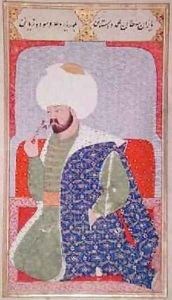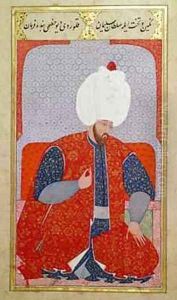Osman Nakkas Paintings
Osman Nakkas was an Ottoman calligrapher whose exact dates of birth and death are not well-documented, but his contributions to the art of calligraphy place him in the 17th century during the Ottoman Empire's peak. Although specific details about his early life, including his birthplace, remain obscure, Nakkas is celebrated for his mastery in the traditional Islamic art of calligraphy, particularly in the scripts of Thuluth and Naskh, which were highly regarded during his time.
Osman Nakkas's legacy is primarily preserved through his exquisite works that have survived to this day, showcasing his skillful execution and the elegance of Ottoman calligraphy. He was known for his precision and creativity in composing calligraphic panels, manuscripts, and architectural inscriptions. Nakkas played a significant role in the continuation and development of the Ottoman calligraphic tradition, influencing generations of calligraphers after him.
Despite the lack of detailed personal records, Osman Nakkas is remembered as a significant figure in the history of Islamic art. His contributions extend beyond his own creations, as he was also involved in the education of future calligraphers, thereby ensuring the perpetuation of his art form. Nakkas's work is a testament to the rich cultural heritage of the Ottoman Empire and the enduring appeal of Islamic calligraphy. His artistry not only reflects the aesthetic values of his time but also represents a profound expression of faith and devotion, characteristics that are central to Islamic calligraphy.

